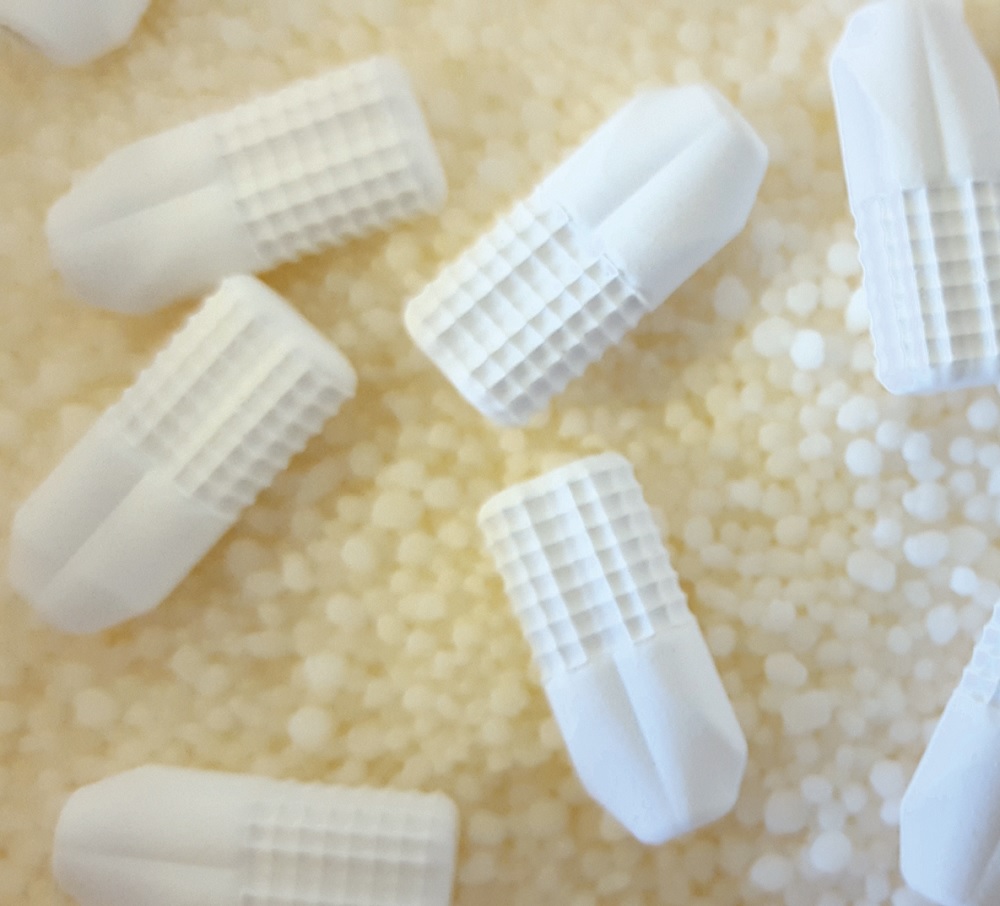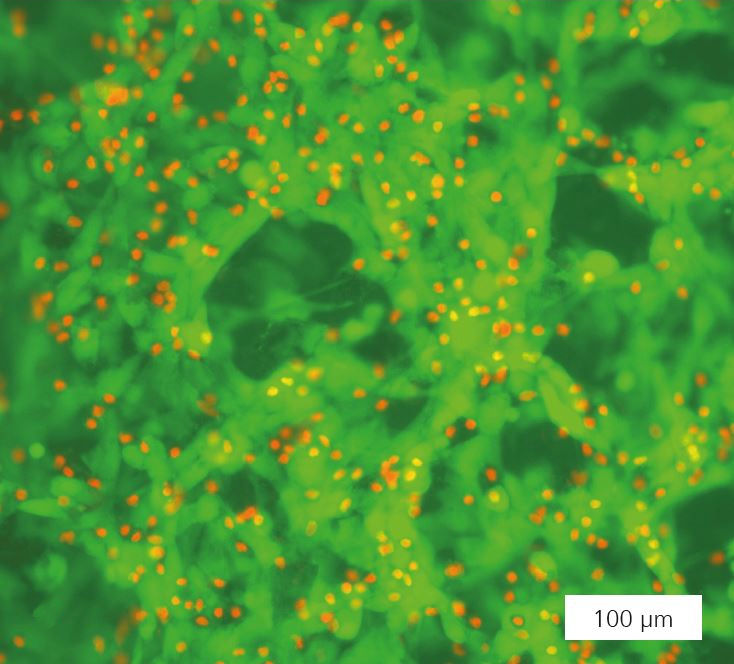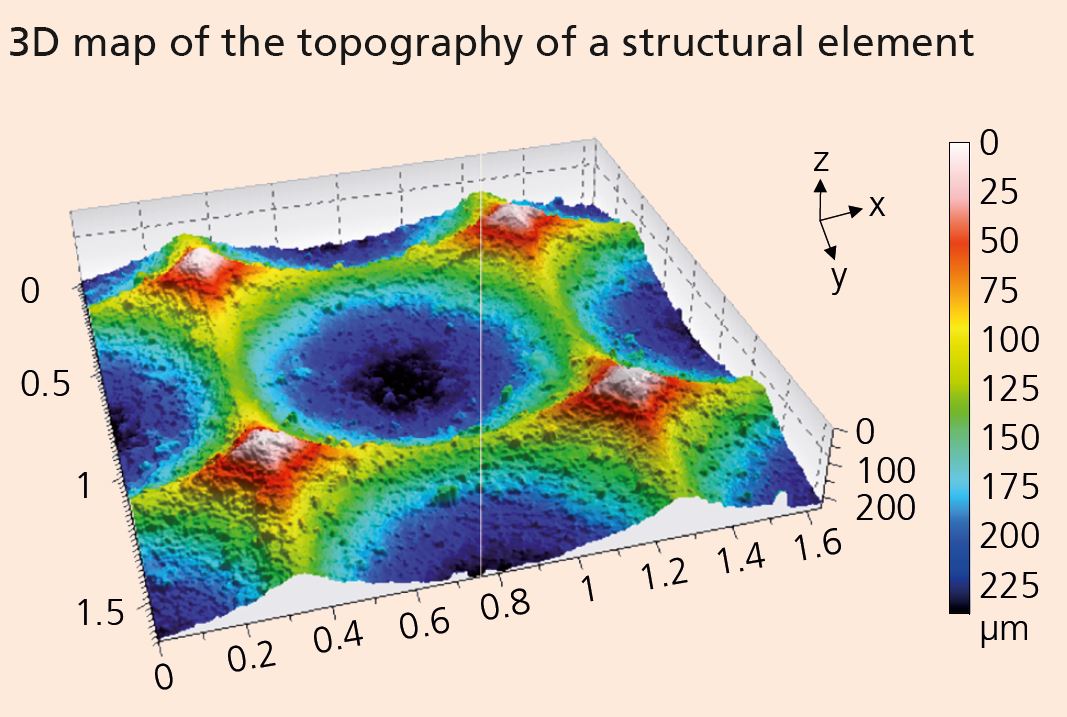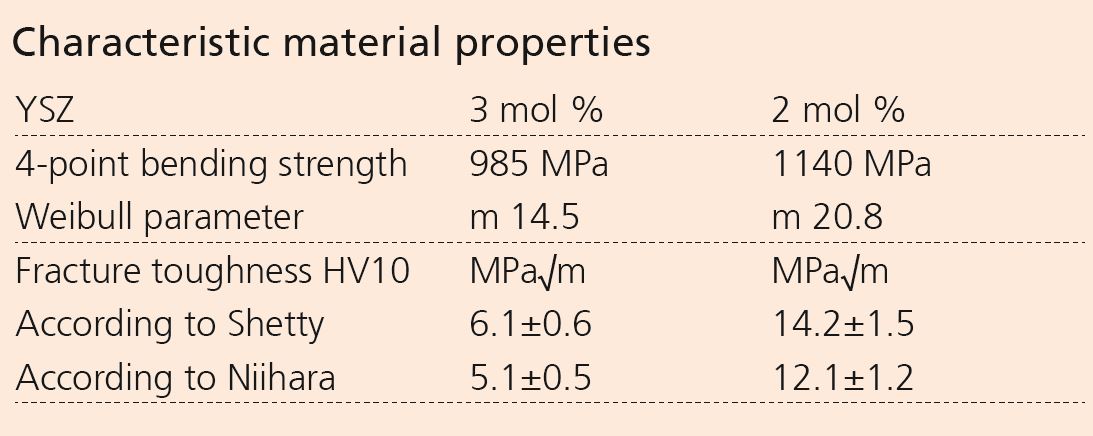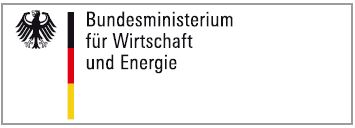Individually structured dental implants
Project
Use of dental implants is on the rise in dentistry. In Germany, around 1.1 million implants are applied per year, with titanium implants representing today’s gold standard. However, there is also a concomitant increase in the occurrence of complications, such as periimplantitis (inflammation of the soft tissues surrounding an implant). Zirconia offers the advantages of good biocompatibility for people with allergies, outstanding soft tissue properties, low plaque accumulation rates, and excellent redwhite aesthetics. Macro-/microstructuring of the ceramic surface is accomplished not via additive and/or subtractive processes, but rather directly during shaping of the ceramic by slip casting. For this purpose, a CAD/CAM process chain was developed and the first prototypes were manufactured.
For producing the green body, slurries with 3 and 2 mol % yttria-stabilized zirconia, were prepared. With these slurries, the macro-/microstructure was able to be transferred by slip casting to the surface of the dental implant (Figure 1). The topography of the sintered ceramic surface was investigated by means of white light interference microscopy. The results were in good agreement with the CAD data for the structure. The Ra value of the microstructure was 4.5 μm. The ceramics were sintered at ≤ 1400 °C.
The characteristic properties of the materials clearly indicate that by reducing the amount of yttria-stabilized zirconia, it was possible to double the fracture toughness and improve the strength. Results of preliminary cell tests showed that cell colonization on the macro-/microstructured ceramic surface was completed within 24 h.
The authors gratefully acknowledge the funding from the project sponsor of the Federal Ministry for Economic Affairs and Energy (BMWi), ZIM (Central Innovation Program for SMBs) cooperation projects (KF 2087357SK4).
